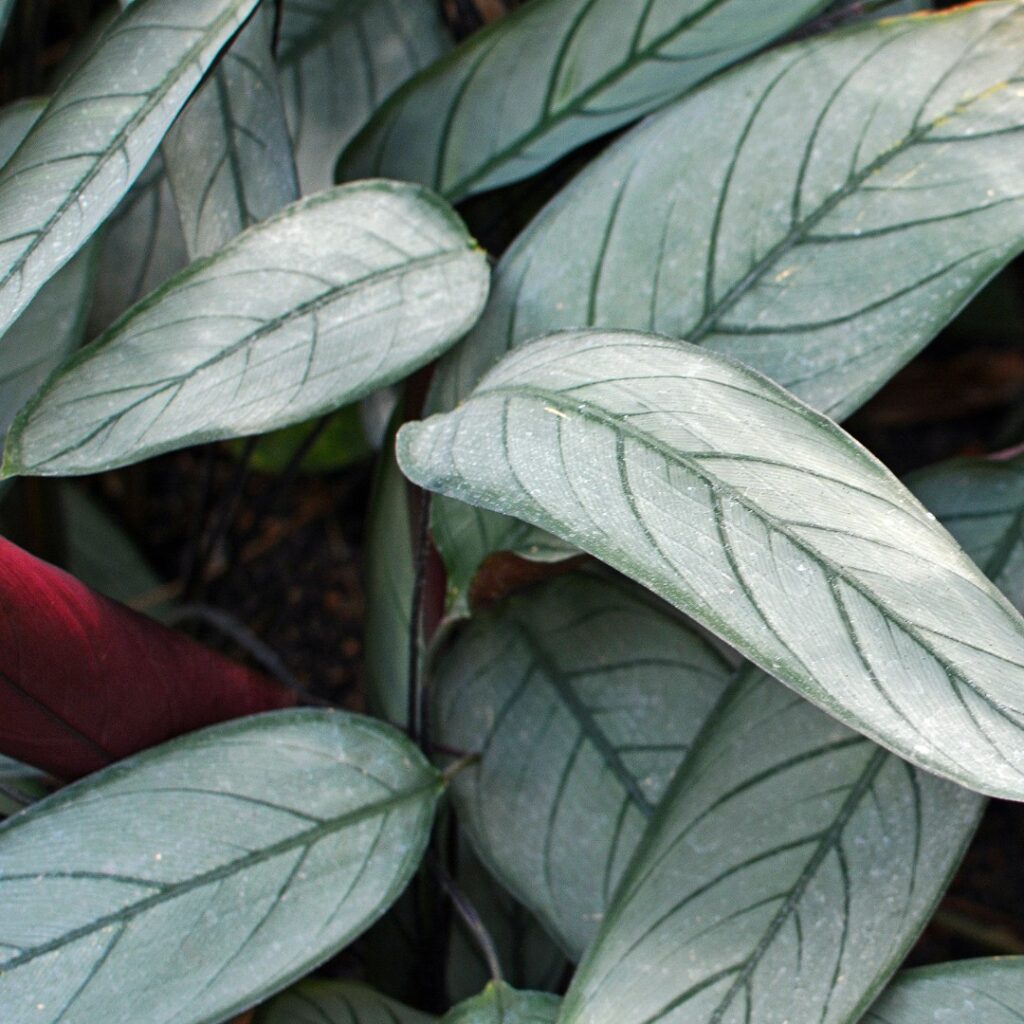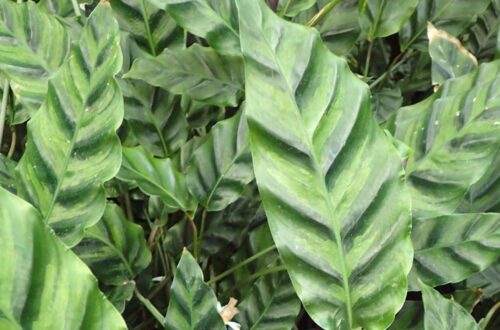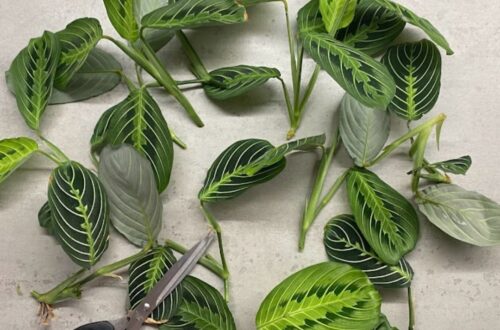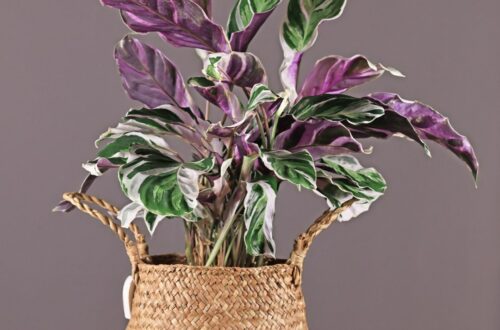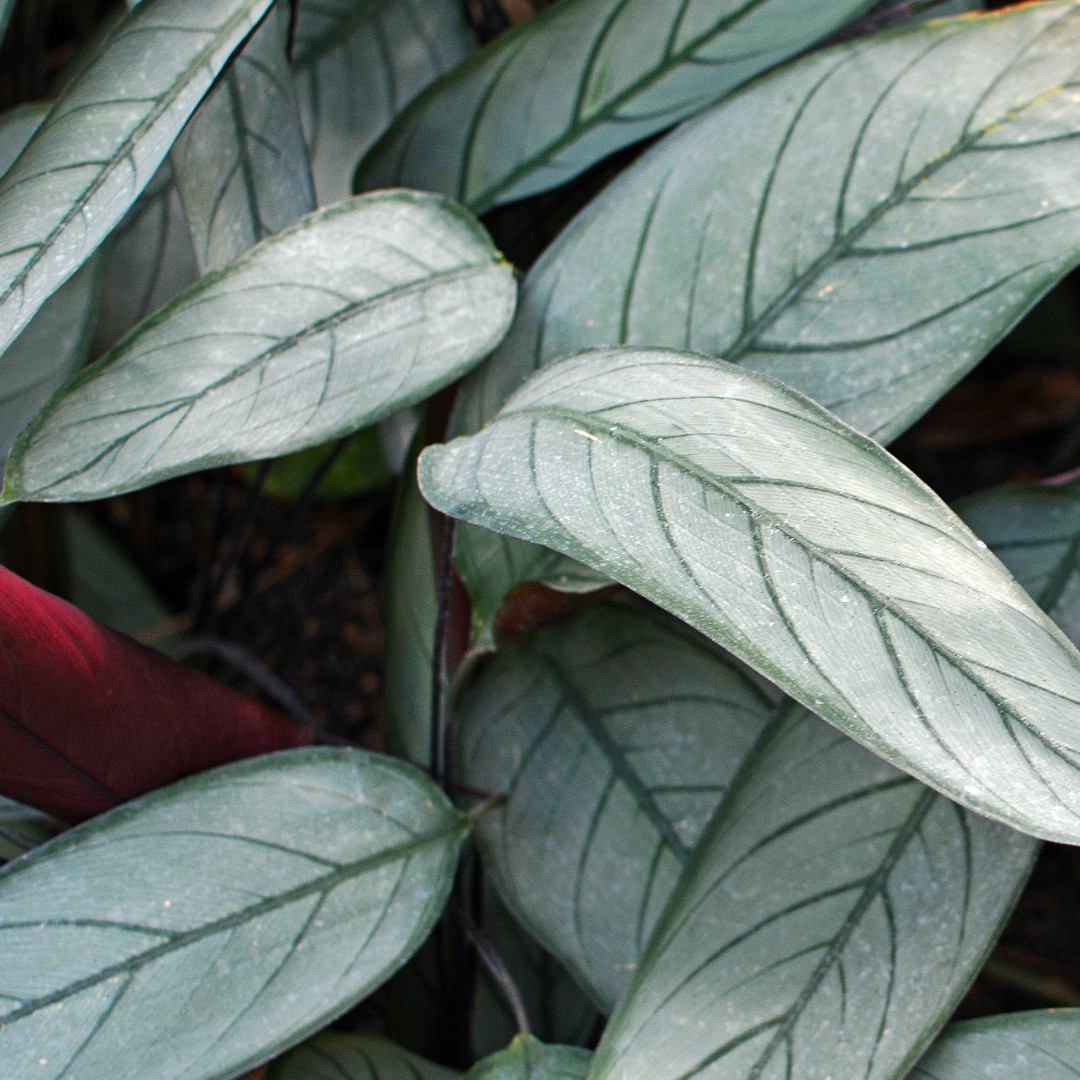
Calathea Setosa (Ctenanthe Setosa)
Welcome to our guide to calathea setosa care and propagation, all you need to know to care and propagate this plant, including soil, water, light and humidity. The key is to keep the soil moist, give it plenty of humidity and water it with filtered water.
Calathea Setosa Care Summary
| Light needs: | Medium to bright indirect sunlight. |
| Watering needs: | Keep moist, check soil twice a week and water it if the top half is dry. |
| Fertilizer: | Use a well diluted balanced feed every 3 or 4 weeks in spring and summer. |
| Soil: | Potting compost mixed with 20% perlite. |
| Humidity: | 60%. |
| Temperature: | 15-27°C (59-81°F). |
| Where to buy: | Try our list of Rare Plant Shops. |
| Other names: | Ctenanthe Setosa ‘Grey Star’. |
| Common issues: | Root rot, lack of humidity. |
Introduction
The Calathea Setosa, which grows naturally in Brazil, is known for its elegant light and dark green stripped leaves. Fun fact (!) it actually isn’t a calathea, although closely related and often sold as one, it is technically a ctenanthe setosa. They are like calatheas but much less fussy!
See also: Calathea Musaica, Calathea Beauty Star, Calathea Freddie, Calathea Zebrina.
Tip: we recommend Etsy for buying plants. Look for the best rated seller you can, and try to buy as close to your home as possible so the plant does not travel too far.
A note about affiliate links: when you buy a plant, pots, soil, or other goods through links on this article we sometimes earn a commission. It doesn’t cost you anything, but it really helps us out if you do use them. Thanks a lot! An example of this is if you buy a plant on Etsy using this link. Read our privacy policy for more information. Thanks again.
Calathea Setosa Light Needs
Bright indirect sunlight is ideal. Medium is ok, but no direct sun it will burn the leaves easily.
How Often To Water
They like to be moist but not water logged. Check the soil twice a week and water it if the top half is dry. Tip out any excess water after watering to avoid water logging.
Tip: the key to calathea setosa care is to use filtered water if you can as they can be sensitive to hard water, although not as much a true calathea.
Fertilizer
Use a balanced feed every 3 or 4 weeks in the spring and summer months to encourage growth. Make sure it is well diluted.
Calathea Setosa Soil
A good potting compost mixed with about 20% perlite is great to aid drainage. You can use a mix suitable for a monstera too, see our guide here: Monstera Soil, which covers how to make your own soil or what to buy.
When to Repot
They probably won’t need repotting every year but you can check the roots yearly and if they’re getting crowded, give them a bigger pot.
Humidity
Aim for a 60% humidity or more. They will thrive if given the right humidity needs. They can get crispy and curled up leaves if humidity drops too far.
Tip: Keep them humid, at least 60% in the day and they’ll be ok with a bit less at night. You can buy a humidity meter (affiliate link) to keep an eye on maximum and minimum levels.
Temperature
15-27°C (59-81°F) is a good range for them in the day, don’t let them get down below 10°C (50°F) at night.
How to Propagate Calathea Setosa
They can be propagated by separation at the base, where you take smaller plant out and pot it up separately. You can also prop them by stem cuttings rooted in water, and then potted up to soil after a couple of months. I would wait until the plant is big enough and wide enough that it is very easy to split. You can take it out of it’s pot at this point and and split the big plant up easily like like they are smaller plants. Then pot them all up separately.
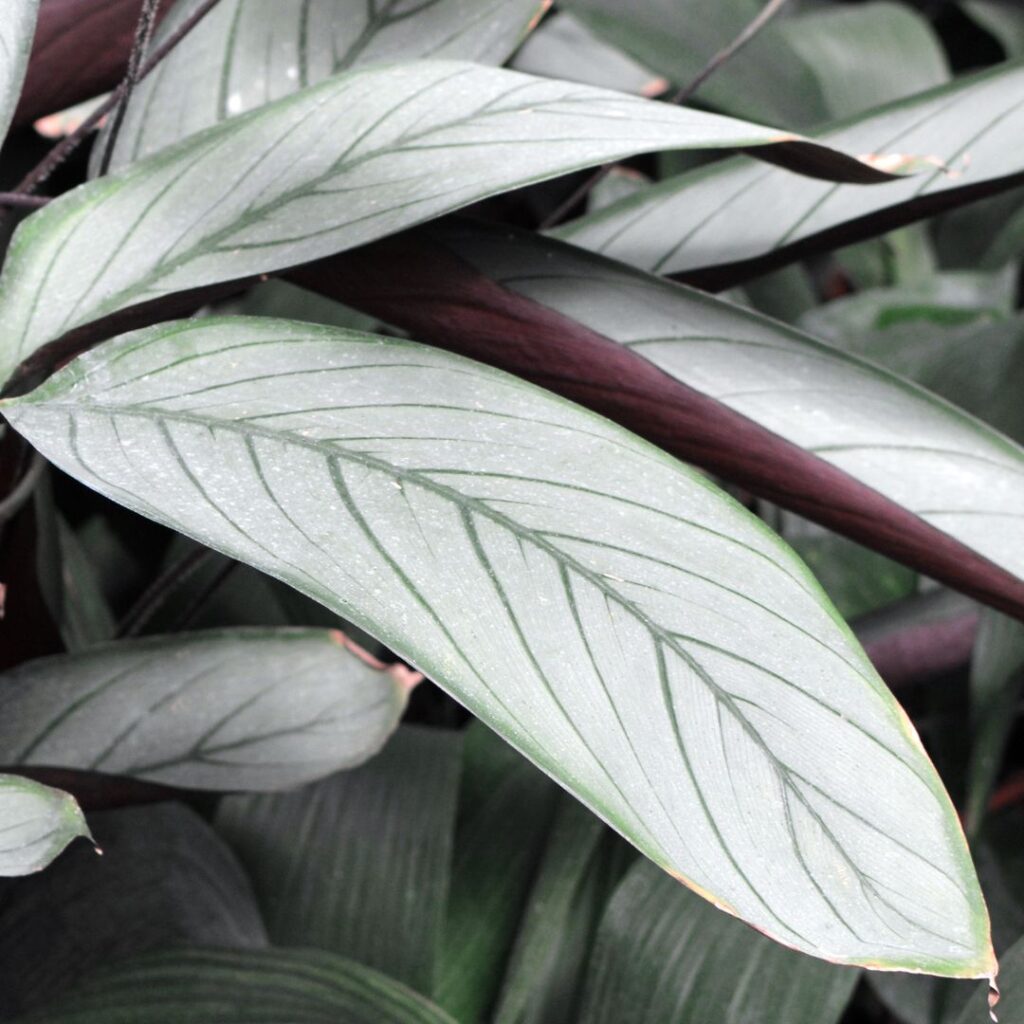
Calathea Setosa USDA Zone
They can live outside in zones 9-11, I would keep them as an indoor plant if you can as they can be fussy and the great outdoors can be too much for them.
Calathea Setosa Flower
They can flower it is quite rare and not that remarkable to be honest, they put out an angular, hairy flower stalk with a few small flowers on it. You can cut them off before they flower so the rest of the plant continues to grow, as flowering takes most of the plants energy so it won’t grow much when flowering.
Calathea Setosa Brown Tips
They get brown tips from too much fertilizer or from hard water. So make sure you use filtered tap water and make sure the feed is really well diluted.
Do Calathea Setosa Flower?
They can flower although they are not particularly impressive small white flowers. The plant is grown for it’s amazing leaves.
Is Calathea Setosa Toxic To Cats?
They are non-toxic to cats and dogs.
Calathea Setosa Vs Exotica
They are really similar plants and can often be confused. The stripes on the majestica are thinner and closer together.
Other Names
Ctenanthe Setosa ‘Grey Star’
Where To Buy
Try our list of Rare Plant Shops.
FAQs and Common Problems
Root rot and lack of humidity are common issues. Make sure your plants are humid, but do not water log your plants, tip out any excess water after watering.
Additional Resources
Buy: we recommend a digital thermometer hygrometer (amazon affiliate link) to measure humidity.
Links:
- More info on the Wikipedia page.
- More info on the Kew Gardens plant page.
Other Articles You Might Like
There you have it, here ends our guide to this beautiful plant. You might also like our other articles:
Calathea Musaica, Calathea Beauty Star, Calathea Freddie, Calathea Zebrina.
Please follow us on Instagram and Pinterest for regular plant updates and occasional plant giveaways.
